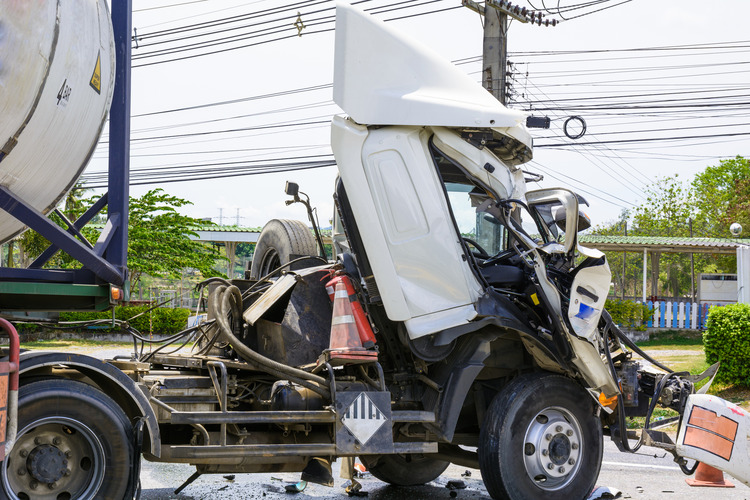
A recent death of an infant has drawn international attention again to a consumer product that many parents use but don’t know can be a great danger: the baby sling. News outlets across the globe have reported on this latest instance of chic baby slings leading to suffocation deaths; earlier this decade additional warnings were released by the Consumer Product Safety Commission (CPSC) after several infant suffocation deaths.
The CPSC confirmed at least 13 deaths associated with sling-style infant carriers before issuing its warning about the product. Two years ago the CPSC approved new standards for infant carriers, standards that were issued in response to these deaths.
The most common age of death from these products is younger than four months of age, the agency said. The commission advises parents and caregivers to be cautious when using infant slings for babies younger than four months. It said that many of the babies who died in slings were a low birth weight twin, were born prematurely, or had a cold.
In its warning, CPSC said that slings can pose a suffocation hazard in two different ways.
-
A sling’s fabric can press against a baby’s nose and mouth, blocking the baby’s breathing and suffocating a baby within a minute or two, the agency said.
-
The other scenario involves slings where the baby is cradled in a curved or “C-like” position, nestling the baby below mom’s chest or near her belly. That curved position can cause a baby who doesn’t have strong neck control to flop its head forward, chin-to-chest, restricting the infant’s ability to breathe. “The baby will not be able to cry for help and can slowly suffocate,” said the commission’s warning.
The CPSC specializes in product safety, and often negotiates agreements with manufacturers for recalls, when necessary. It’s a part of the executive branch’s regulatory arm, charged with watching over its area of concentration in much the same way as similar agencies like the Food and Drug Administration and the Agriculture Department’s Food and Inspection Service.



